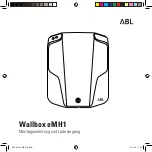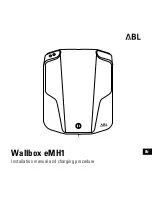
−
−
−
These positions
are similar to D , except when you
select the D position, only the first
four gears are selected. When you
select D , only the first three gears
are selected. D can also keep the
transmission from cycling between
fourth and fifth gears in stop-and-go
driving, and D can keep the
transmission from cycling between
third and fourth gears.
This position locks
the transmission in second gear. It
does not downshift to first gear
when you come to a stop.
Use Second gear:
For more power when climbing.
To increase engine braking when
going down steep hills.
For starting out on a slippery
surface or in deep snow.
With the lever in this
position, the transmission locks in
First gear.
If you shift into First position when
the vehicle speed is above 31 mph
(50 km/h), the transmission shifts
into Second gear first to avoid
sudden engine braking.
If you exceed the maximum speed
for the gear you are in, the engine
speed will enter into the tachometer’s
red zone. If this occurs, you may feel
the engine cut in and out. This is
caused by a limiter in the engine’s
computer controls. The engine will
run normally when you reduce the
RPM below the red zone.
Use D to provide engine braking
when going down a steep hill. D
gives you more power and increased
engine braking.
When driving downhill with a
trailer.
To help reduce wheel spin.
5
4
3
4
3
3
3
Automatic Transmission
Drive (D , D )
Second (2)
First (1)
Engine Speed Limiter
4
3
202
















































